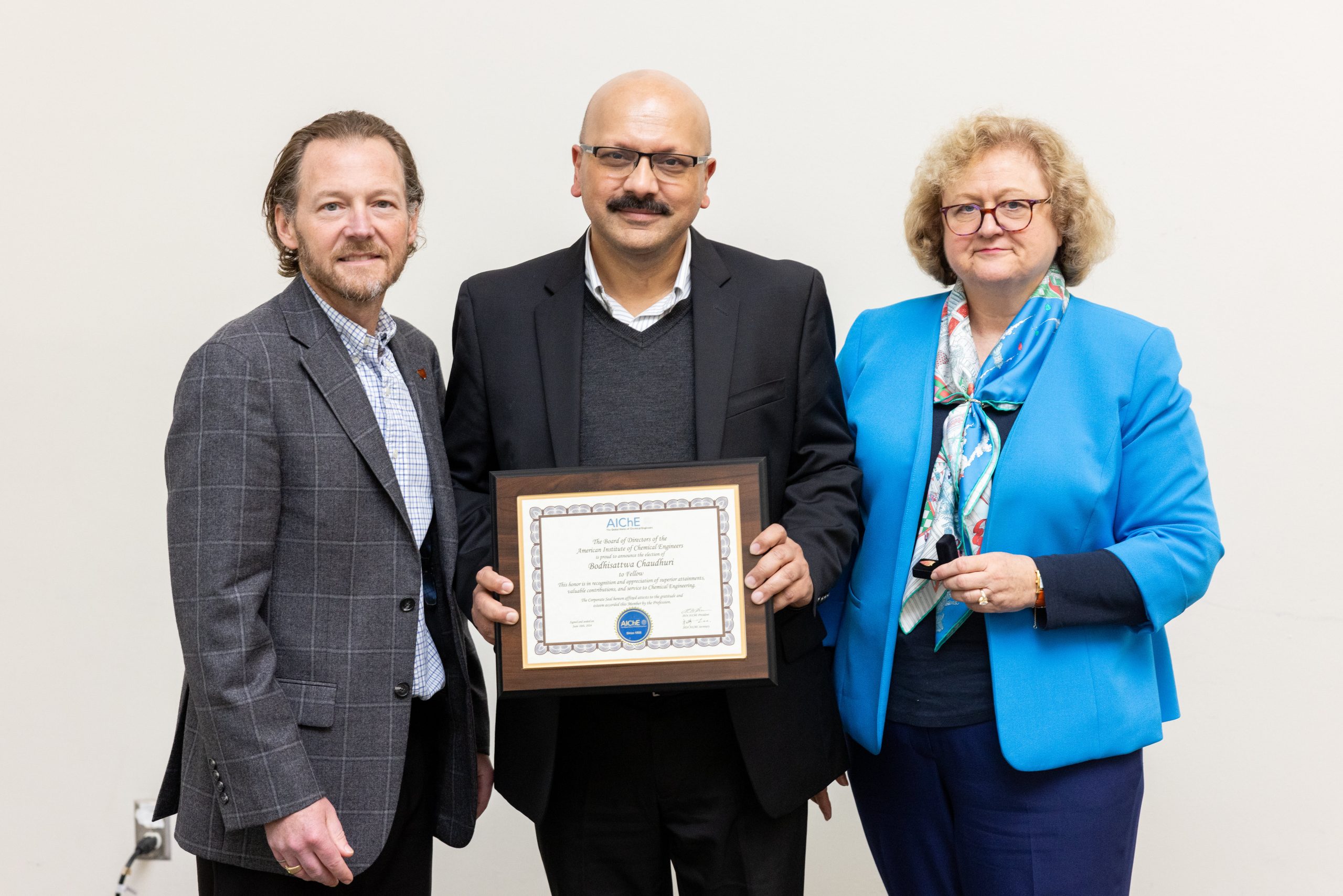Is that pale blue pill the one that needs to be taken twice a day with meals, or is it the round white one?
Do you or someone you know take more than one prescription medication a day? Five? Eight? More? Do you have an elderly parent or friend who sees more than one physician and takes medications for multiple conditions?
Do you know who is responsible for making sure a prescription for one medication is not contraindicated if a person is taking another medication for an equally serious condition? Or who can cancel a medication that is on auto refill from a pharmacy?
Chances are, you do know someone who is taking multiple medications and that you don’t know the answers to the other questions. If so, you’re not alone.
Sean Jeffery, clinical professor of pharmacy practice and director of clinical pharmacy services at Integrated Care Partners–Hartford HealthCare, recently testified before the Public Health and General Law committees at the state capitol. The issue? Polypharmacy – the simultaneous use of multiple drugs by a single patient for the treatment of one or more medical conditions.
Jeffery was testifying about the Connecticut Prescription Monitoring and Reporting System. The problem, he says, is that the system only monitors controlled substances in an effort to identify and reduce prescription misuse and abuse. These are medications listed as Schedule II-V drugs, such as oxycodone, morphine, diazepam, Vicodin, and others.
But how about all those drugs that are not controlled substances? The ones that most of us take?
Jeffery says that unless a patient specifically asks a physician or pharmacist to review their list of medications, there is no way any individual healthcare provider can be sure they have an accurate picture. “The patient is the source of truth when it comes to what medications are being consumed,” he observes.
This can be especially frustrating for pharmacists, because even if they suspect a customer may be using multiple pharmacies to fill prescriptions from more than one doctor, they do not have a mechanism for initiating a thorough search. So unless that person specifically seeks their pharmacist’s guidance, nothing proactive can be done.
Does this lead to problems? You bet it does.
Jeffery cites one case where an 85-year-old woman, living alone, was being treated for five different conditions. Fortunately, circumstances triggered the assignment of a transitional care case manager and it was discovered the patient was taking 14 different prescription medications and another dozen or so over-the-counter products including vitamins, Metamucil, glucosamine, and fish oil.
The woman had a primary care physician and three other doctors representing various specialties. None of them was in the same health system, and she used three different local pharmacies as well as some retail outlets to get her medications and supplements. Sometimes she paid cash instead of using an insurance card.
The Patient is in the Middle
This recipe for disaster is an all-too-frequent occurrence. Jeffery says, “The problem is that there is a lot of disjointed care, and there’s an accountability issue – with the patient stuck in the middle with all those doctors. We need to strive for accountability and simplicity. We have to reduce complexity.”
He adds that abuse of drugs is rarely purposeful or willful. “People get overwhelmed,” he says, “they’re being asked to do complicated things like splitting pills or skipping days or taking some meds in the morning and others at night. Sometimes directions are confusing or not practical to follow. They literally get in over their heads and don’t realize what they’re doing to themselves.”
Complicating the issue, according to Marie Smith, the Dr. Henry A. Palmer Endowed Professor of Community Pharmacy in the Department of Pharmacy Practice, is the issue of electronic transmission of prescription information from a doctor’s office to a pharmacy. The problem, she says, is not how to initiate such an electronic prescription, but how to stop it.
“Doctors have the ability to send prescriptions via computer, but believe it or not, they can’t cancel a prescription electronically,” she explains. “This can cause great confusion for patients, doctors, and pharmacists. The doctor may tell a patient to stop taking a medication, but unless the patient or doctor tells the pharmacist, the prescription and any refills will continue to be filled. Meanwhile, the doctor thinks the medication is stopped, yet the patient is being reminded to come and pick up the next refill for this cancelled medication.”
Working on a Solution
Smith says there were two proposals to come out of the public hearing on polypharmacy. One is to expand the database for opioids – the Connecticut Prescription Monitoring and Reporting System – to include all medications; and the second part was to institute a program called CancelRx.
The Connecticut Legislature’s Public Health Committee has introduced Senate Bill 217 to require the state health information technology officer to establish a working group concerning polypharmacy and medication reconciliation that will discuss the merits of an expanded database for all medications.
Smith says Cancel Rx is designed to allow physicians to electronically cancel a prescription as well as to initiate one. “This way, the doctor’s intended action is known at the pharmacy.”
Asked why this isn’t already being done, Smith responds, “It’s complicated.”
Even though the technological capability exists, many doctor’s offices and pharmacies have chosen not to add to their computer systems the function that will enable them to cancel prescriptions. Smith says the Connecticut health information technology officer’s work group is currently exploring a pilot program with interested physicians and pharmacists that deals with this issue.
Jeffery and Smith continue to be actively engaged with state-level activities aimed at addressing the issue of polypharmacy and improving patient outcomes. Along with colleagues such as Dr. Thomas Agresta, director of clinical informatics at the Center for Quantitative Medicine at UConn Health, and Dr. Amy Justice, professor of medicine and public health policy at Yale University, they are convinced not only of the urgency of the situation, but also that pharmacists can play an important role in delivering practical solutions.
UConn is holding a Drug Take Back/Medication Management Day on Saturday, March 24, from 10 a.m. to 2 p.m. at the UConn Police Department, 126 North Eagleville Road, Storrs. You can drop off your unused/expired medication(s) safely and anonymously, and separately, consult with a student pharmacist and pharmacist about your medication’s common uses, side effects, interactions with other medications, special storage needs, etc.



